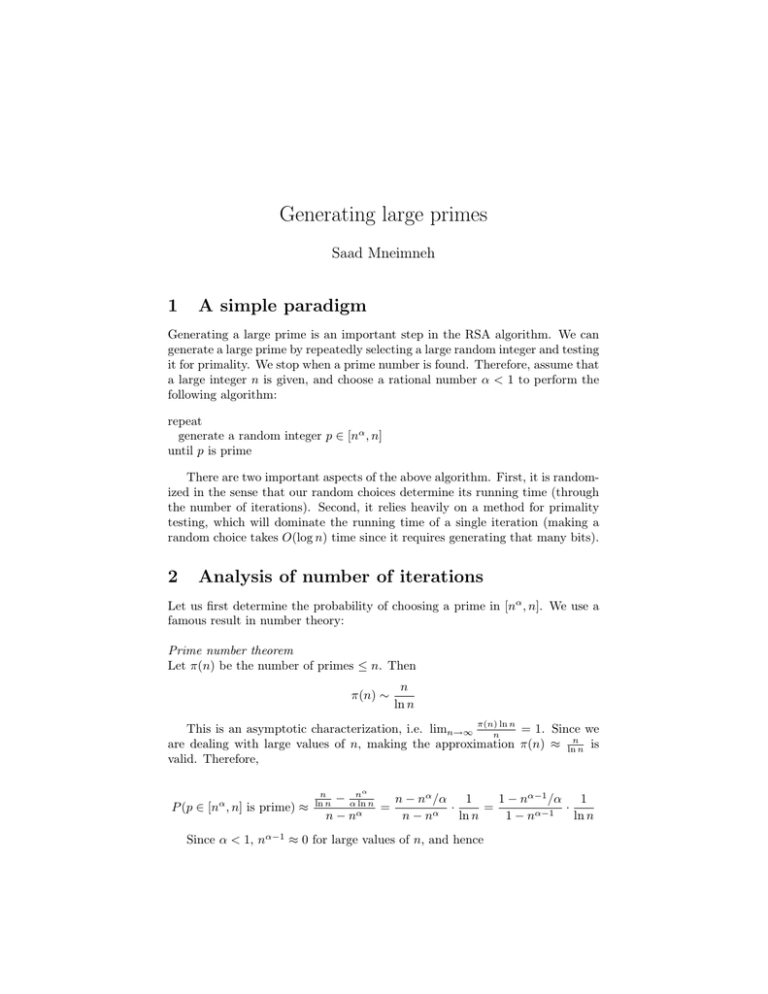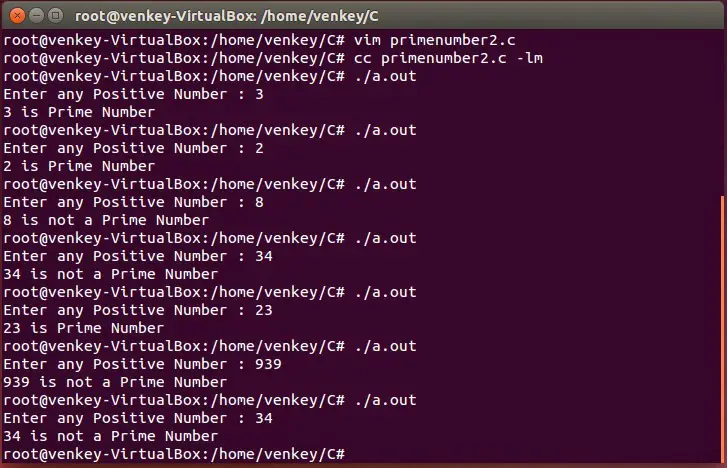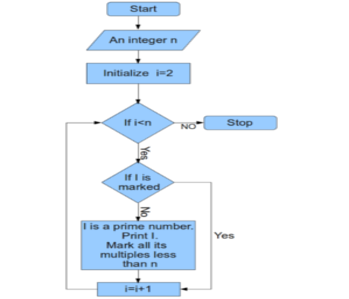




Starting from 2,the multiples of two are set to false in the array. In order to find prime number less than 10, a boolean array of length 10 is created which has values true for all. Sieve of Eratosthenes is the ancient algorithm to find the prime number and is the first TotalCount is initialized to 1 since 2 is prime number and ignored in our code.įor ( long i = 3 i < topCandidate i += 2) In order to find whether a number is prime or not the number is divided by odd number and checked for remainder starting from 3 up to odd number whose square is less than the number we are checking.Īvailable then the number is not prime otherwise it is.
NEW PRIME NUMBER GENERATOR ALGORITHM TRIAL
Using the code Brute Force Method or Trial Divisionīrute Force method is the easiest method to find the prime number. This "harder to factorize" prime number problem is used as a one-way function for the basis of PKC. If the number given is a 128 digit number ,then it is hard to find the factors quickly. Let's take two prime number 7 and 13 and if I want to calculate the product, we can calculate it easily which is 91.Now,instead let's say I have number 91 and I want to find the pair of prime numbers whose product will give 91 It will be harder to find but we can find it eventually. Instead of going too deep into PKC, let me give the how prime numbers are used. Prime numbers are the basis for the "Public Key Cryptography (PKC)". This articleĭoesn't talk about the algorithm itself but optimized implementation of the algorithm. C++ and Java implementations.This article explains in detail about generating prime numbers using the four well known algorithm. Sieve of Eratosthenes illustrated explanation.If you are looking for only prime numbers you can generate them and keep adding them to a list.You can use bitmaps to pack the memory.There is no need to store even numbers, as there is only one even prime number.This algorithm is usually what is meant when "the sieve of Eratosthenes" is mentioned. The Prime Sieve of Eratosthenes algorithm precalculates from the bottom up - given a table of N ] to false ("cross it out")


 0 kommentar(er)
0 kommentar(er)
